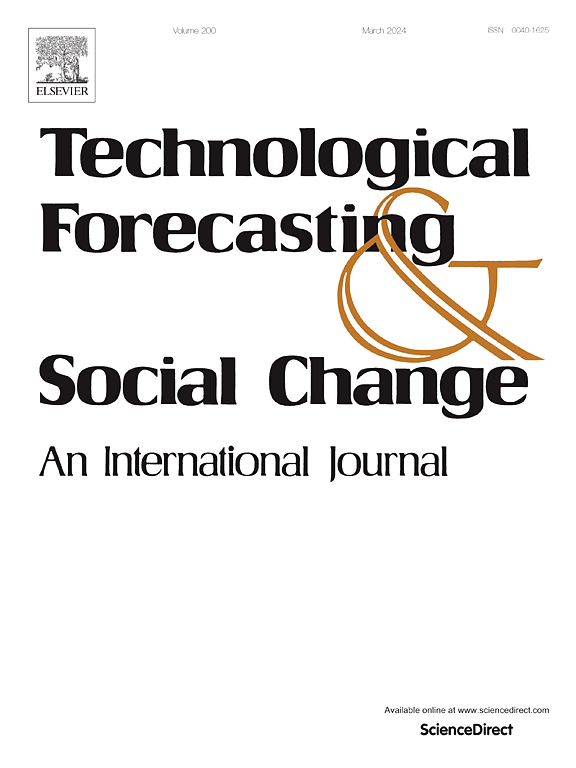我们能两全其美吗?碳排放交易制度对中国碳减排和经济增长的影响
IF 13.3
1区 管理学
Q1 BUSINESS
Technological Forecasting and Social Change
Pub Date : 2025-07-04
DOI:10.1016/j.techfore.2025.124253
引用次数: 0
摘要
本研究探讨了中国的碳排放交易体系(ETS)能否同时实现碳减排和经济增长——这是一个经常被描述为“两全其美”的双重目标。利用2000年至2020年间2508个县的面板数据,我们将ETS的实施视为准自然实验,并采用交错差中差(DID)方法来评估其效果。结果表明,碳排放交易体系在促进产业产出的同时显著减少了碳排放,证实了环境目标和经济目标的兼容性。鲁棒性检查确认估计的稳定性。机制分析表明,政策的成功主要受到技术创新和环境监管加强的驱动。异质性分析表明,在工业基础较强、执行能力较强的城市和长江流域城市,排污权交易的效果更为显著。本研究为环境经济学文献提供了县一级的证据,并为基于市场的环境监管工具的设计和区域定制提供了可操作的政策见解。本文章由计算机程序翻译,如有差异,请以英文原文为准。
Can we have the best of both worlds? The impact of emission trading system on carbon reduction and economic growth in China
This study investigates whether China's Emissions Trading System (ETS) can simultaneously achieve carbon emission reductions and economic growth—a dual objective often described as “having the best of both worlds.” Utilizing panel data from 2508 counties spanning 2000 to 2020, we treat the implementation of the ETS as a quasi-natural experiment and employ a staggered difference-in-differences (DID) approach to evaluate its effects. The results show that the ETS significantly reduces carbon emissions while promoting industry output, confirming the compatibility of environmental and economic objectives. Robustness checks confirm the stability of the estimates. Mechanism analyses reveal that the policy's success is primarily driven by technological innovation and enhanced environmental regulation. Heterogeneity analyses indicate that the ETS's effectiveness is more pronounced in cities with stronger industrial foundations, higher enforcement capacity, and those located in the Yangtze River Basin. This research contributes to the environmental economics literature by offering evidence at the county level and provides actionable policy insights for the design and regional tailoring of market-based environmental regulation tools.
求助全文
通过发布文献求助,成功后即可免费获取论文全文。
去求助
来源期刊
CiteScore
21.30
自引率
10.80%
发文量
813
期刊介绍:
Technological Forecasting and Social Change is a prominent platform for individuals engaged in the methodology and application of technological forecasting and future studies as planning tools, exploring the interconnectedness of social, environmental, and technological factors.
In addition to serving as a key forum for these discussions, we offer numerous benefits for authors, including complimentary PDFs, a generous copyright policy, exclusive discounts on Elsevier publications, and more.

 求助内容:
求助内容: 应助结果提醒方式:
应助结果提醒方式:


